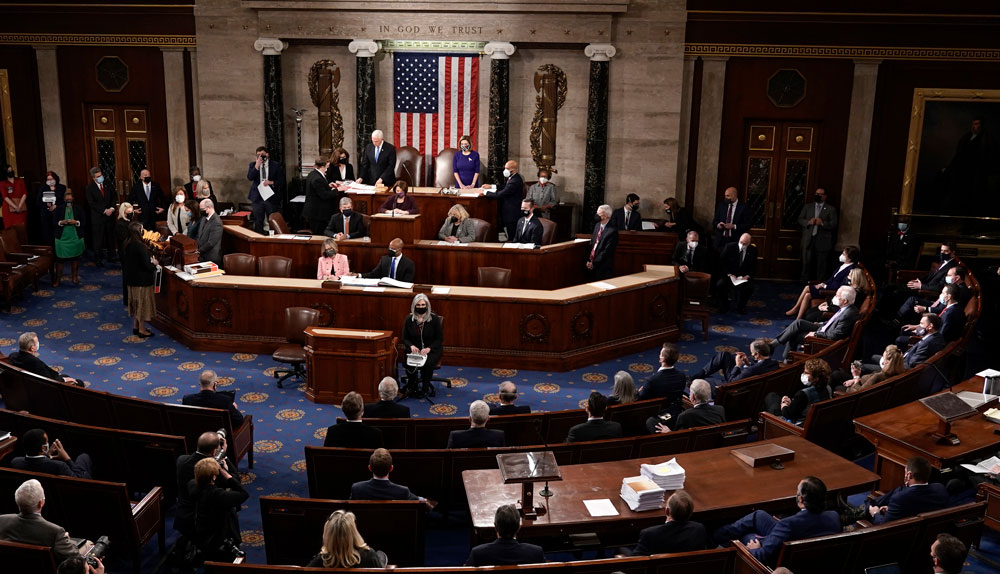For over a century, the procedures that Congress followed to count the votes in the Electoral College on January 6 following a presidential election amounted to a mere formality. After all, any questions about the vote had been resolved weeks in advance. In the past two decades, however, that has changed. The congressional certification of the electors of each state is no longer simply a ceremonial formality.
It started with congressional Democrats. Beginning with the 2000 presidential election, Democrats have objected to the last three Republican presidential wins. About a dozen House Democrats objected to Florida’s electoral votes during the 2000 certification, but their efforts failed for lack of any Senate support. Four years later, after the 2004 presidential election, a group of 31 House Democrats, joined by a single Senate Democrat, objected to Ohio’s electoral votes, triggering a two-hour debate before Ohio’s slate of electors was accepted. Twelve years later, after Donald Trump’s 2016 win, a half dozen House Democrats objected to the certification of the electors of several states that Trump won but they found no senator willing to join them.


